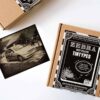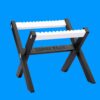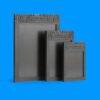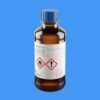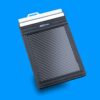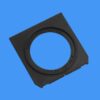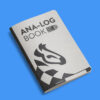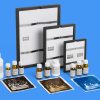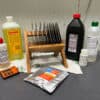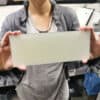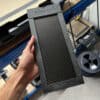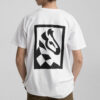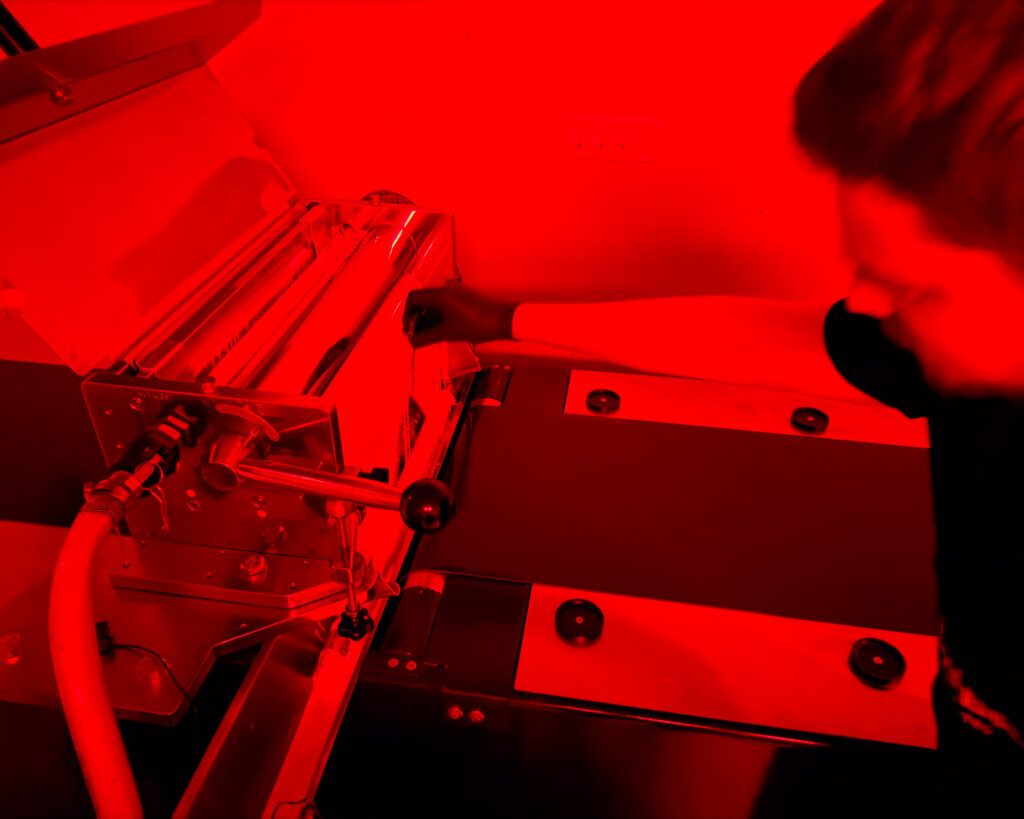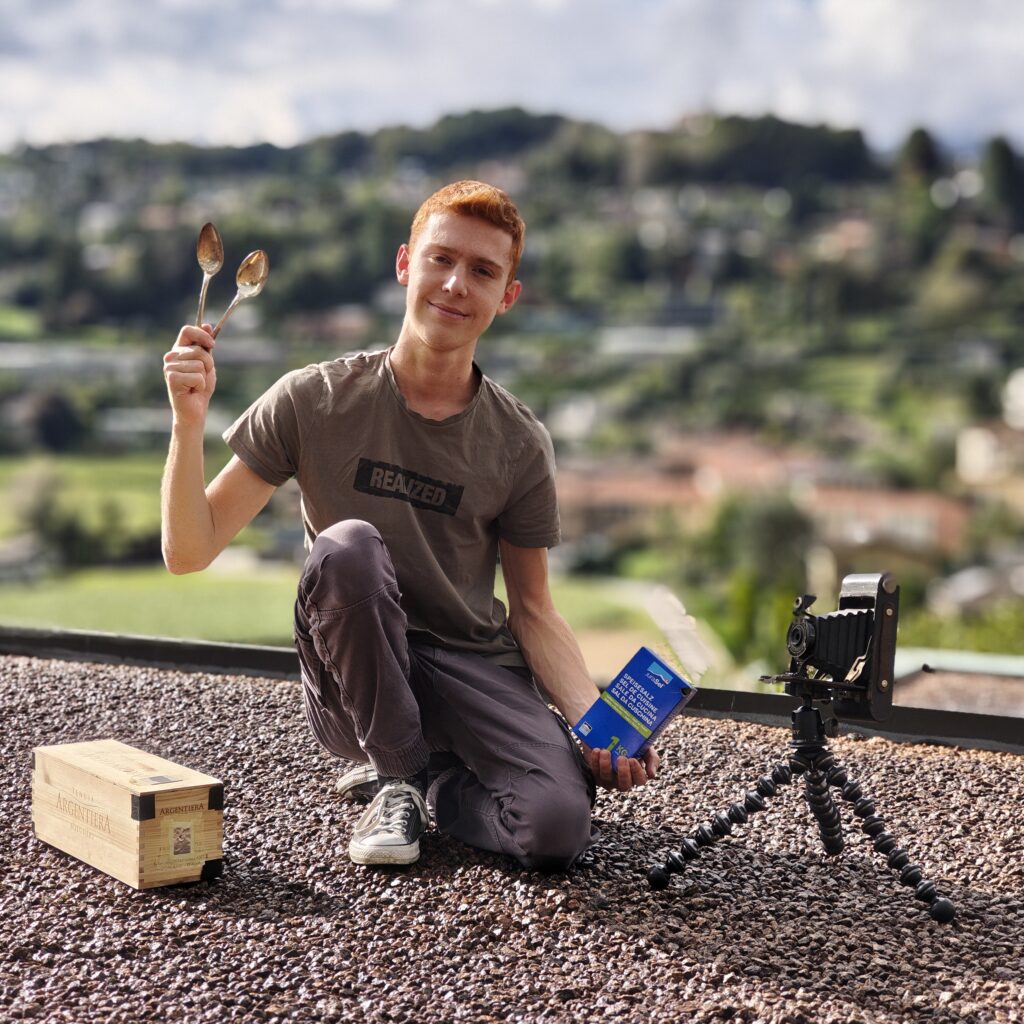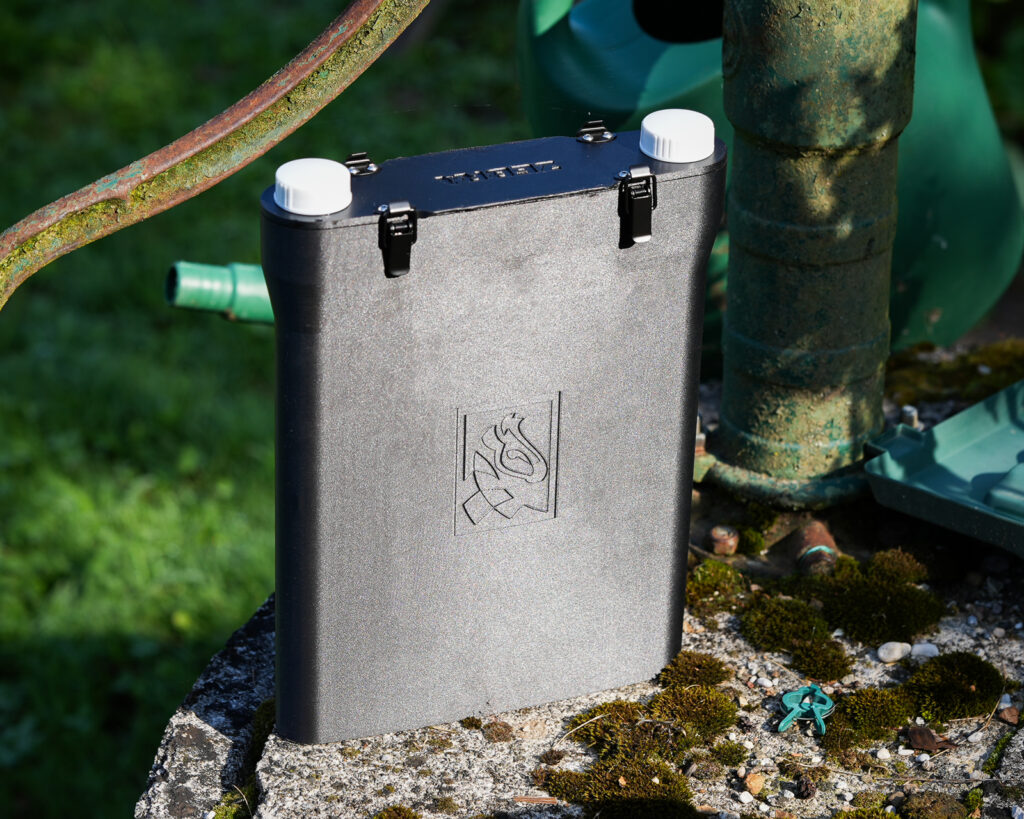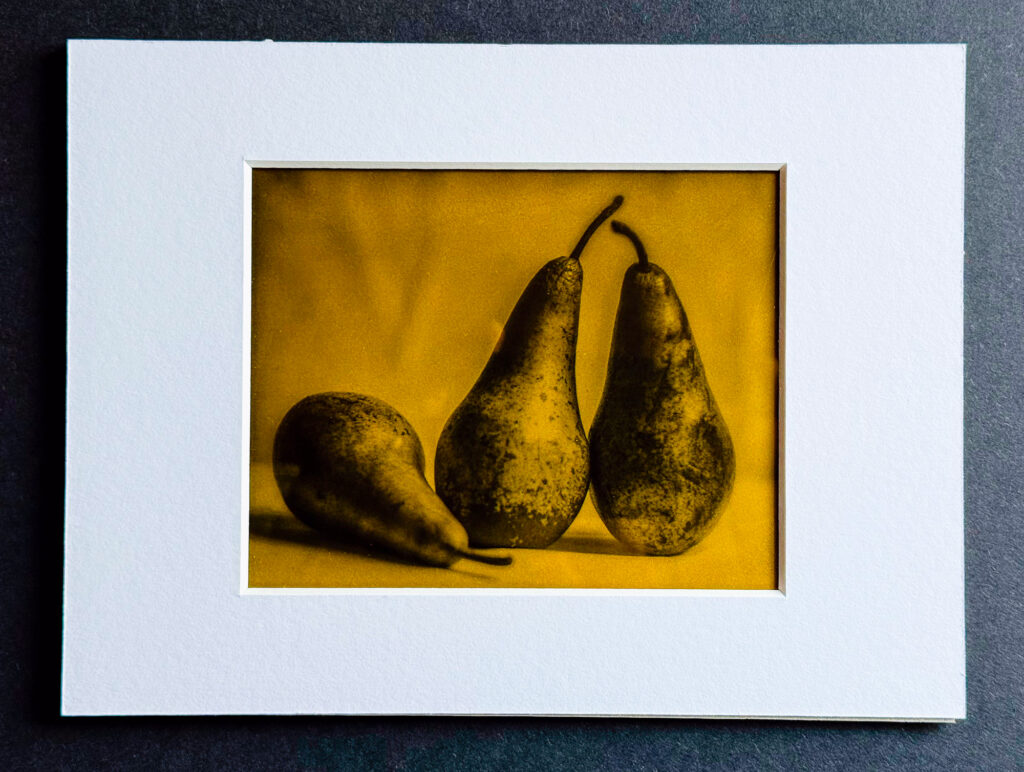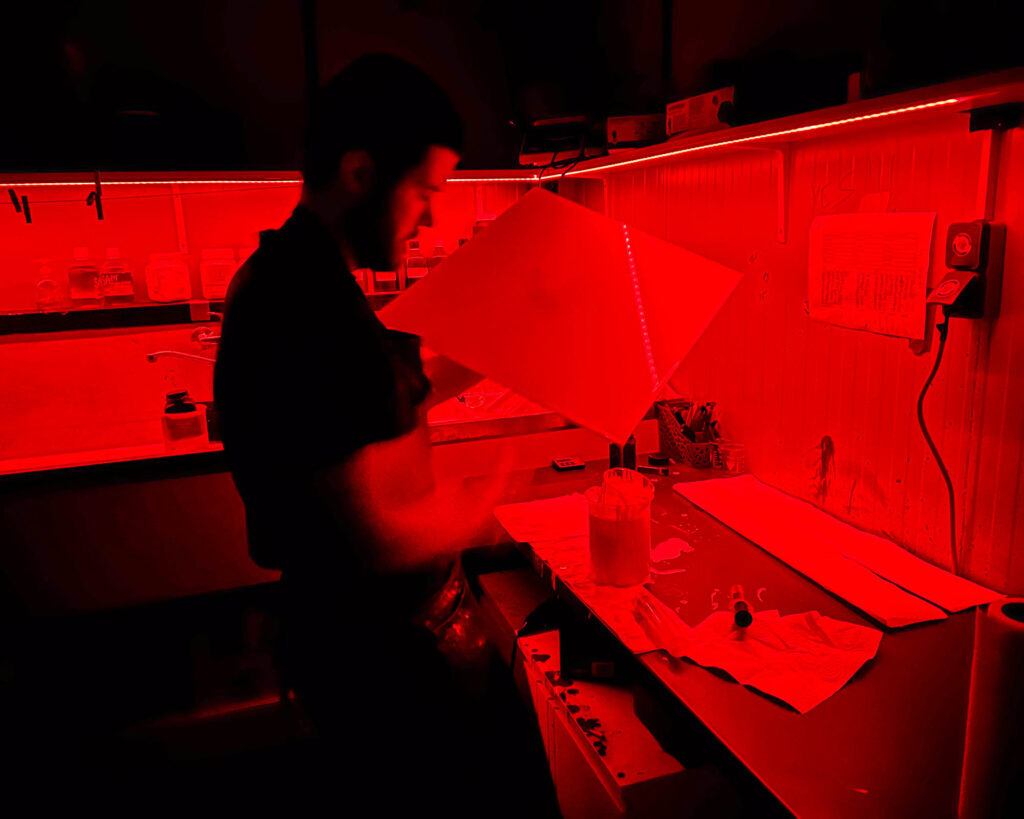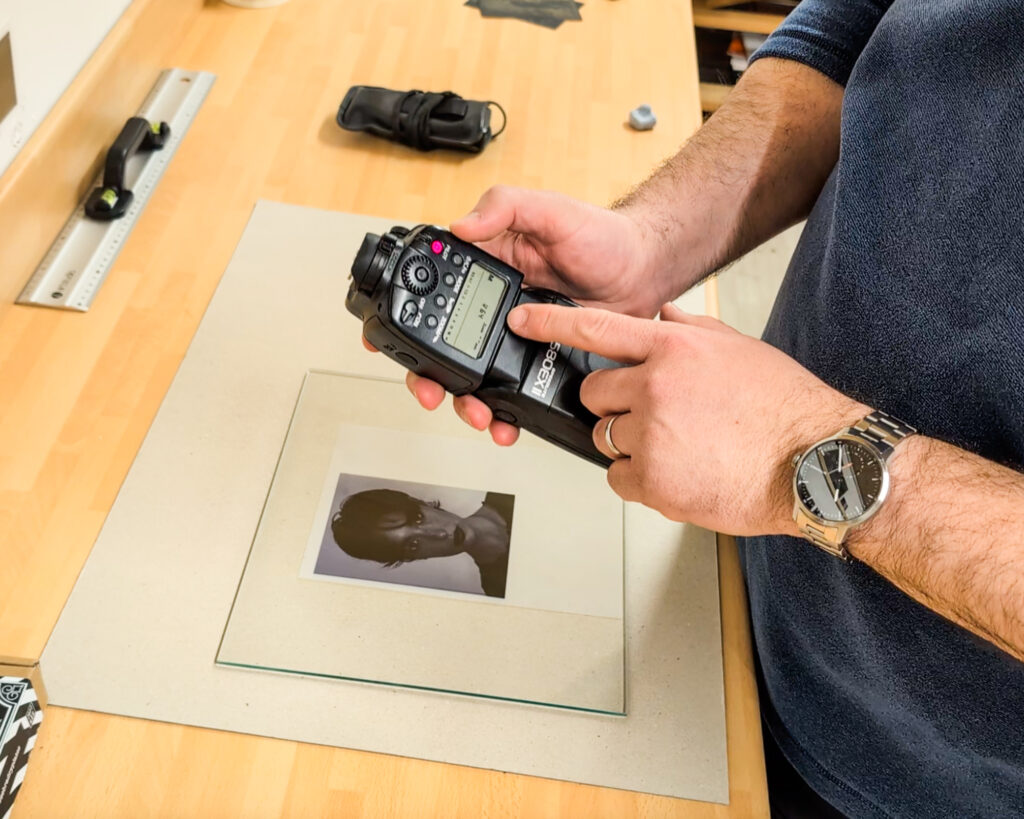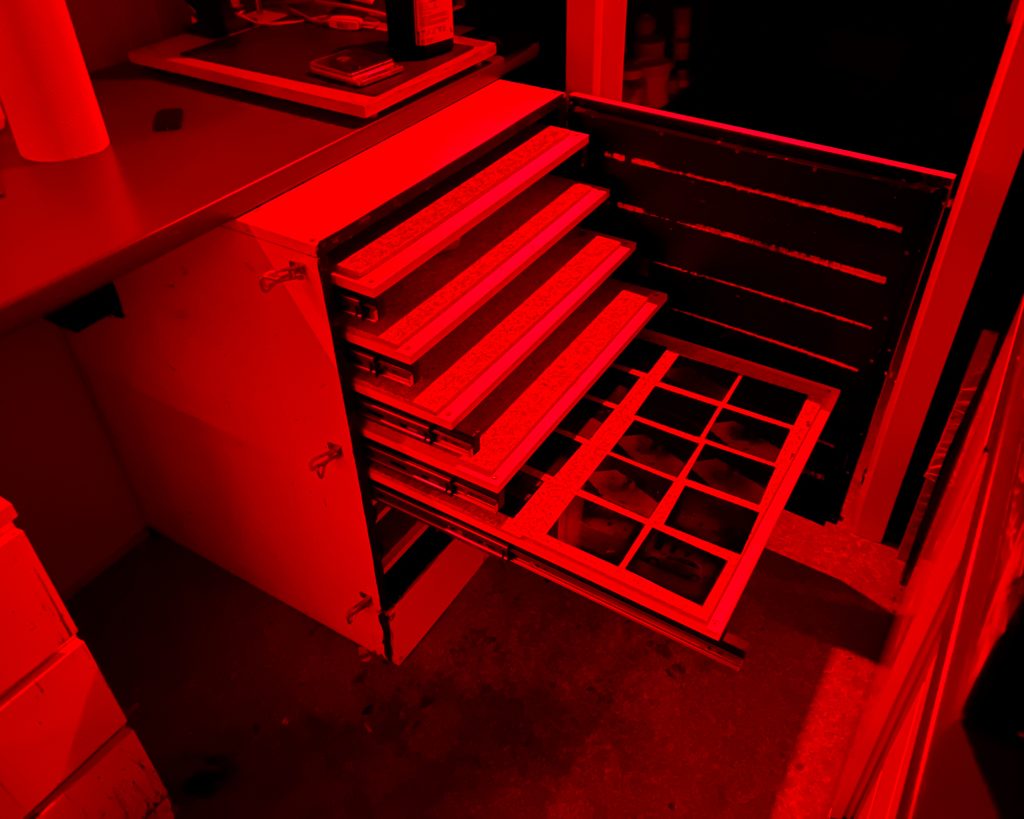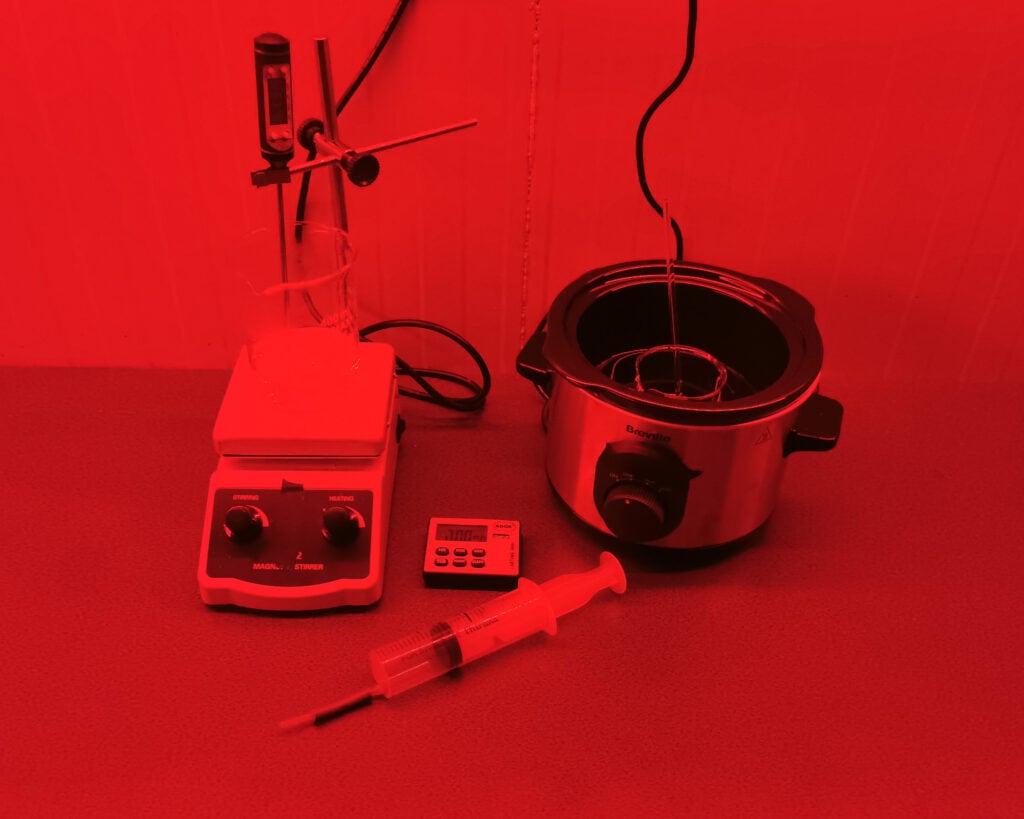25
Nov
After Half a Century, Machine Coated Dry Plates Are Back
First Machine Coated Dry Plates After More Than 50 Years
Dry plates once stood at the heart of photography, coated in massive industrial facilities operated by companies like Ilford and Kodak. But in the 1970s, as the world shifted fully to flexible film, the last machine coated dry plates rolled off those production lines. The machines were shut down, dismantled, and never built again.
From that moment on, the survival of the Dry Plate process depended entirely on the few photographers and craftsmen who continued to coat plates by hand.I eventually became one of them.
Over the last seven years, I have hand...

